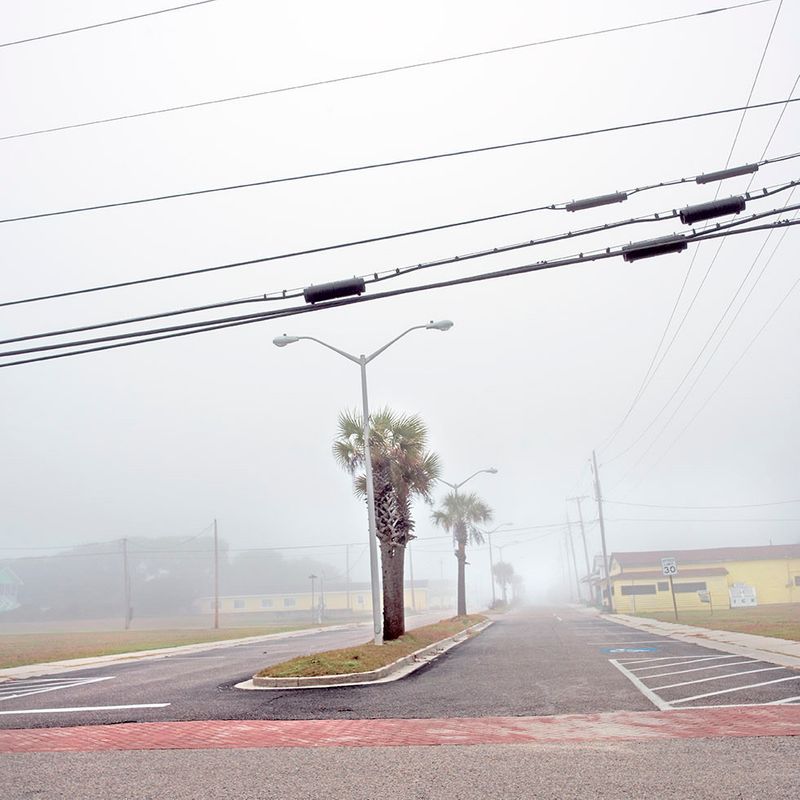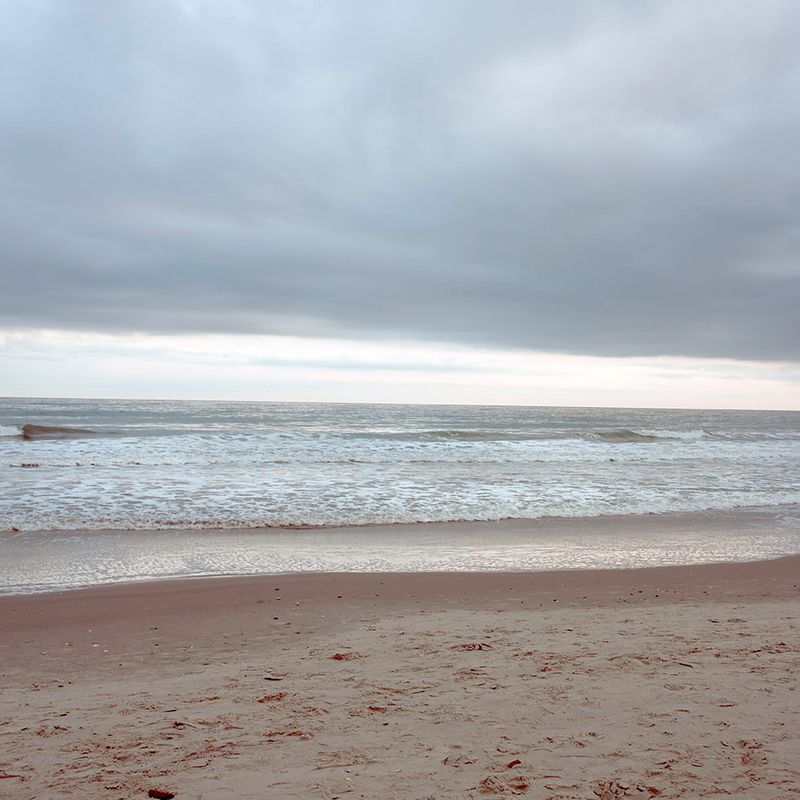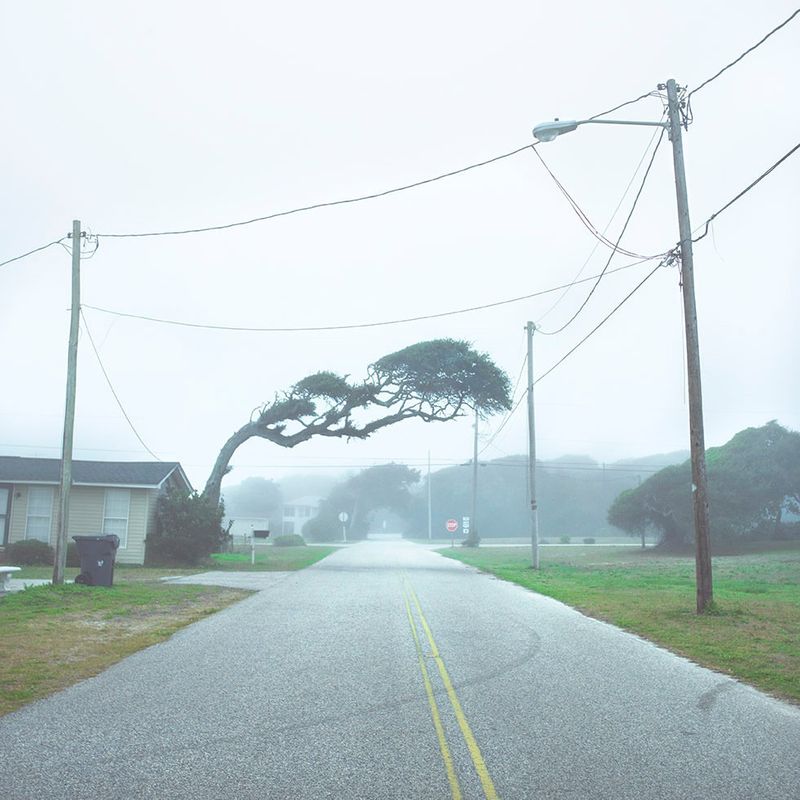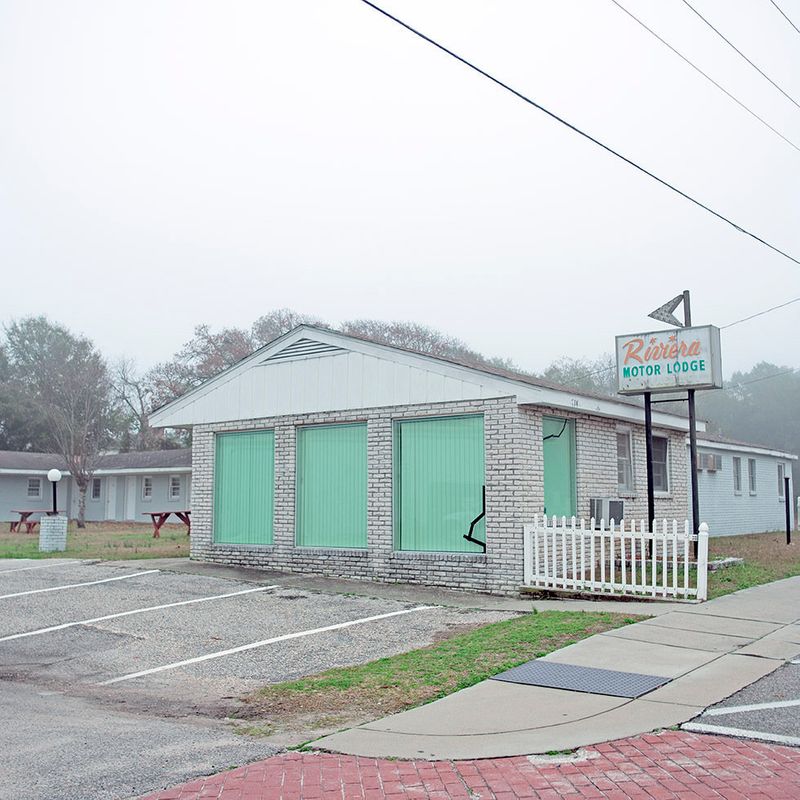
A Cypress tree takes a bow as a cat crosses the street, then stops in its tracks lifting its back leg to scratch his belly with absolutely no care in the world. On the contrary, my adrenaline is tweaked as I drive along unaware of what I will find. Everything seems so different than what I imagined and remember from when I was growing up. I felt I was traveling into the cusp of a change, a transition, like the calm before a storm.
I was born and grew up in North Myrtle Beach, a coastal town in South Carolina along Highway 17, that curiously and literally wraps around another community called Atlantic Beach. Both are part of The Grand Strand, primarily a resort area with over 14 million visitors a year and an estimated 329,500 in population that stretches along 60 miles in an almost rectangular shape along the Eastern seaboard.
Towards its tail end, heading north along Highway 17 are four city blocks stemming perpendicular from the highway towards the ocean and some six blocks than run parallel, isolating Atlantic Beach from North Myrtle Beach. There are no other roads, other than Hwy 17, that lead from one community to the other.
The ocean boulevard is fenced off on both sides. Only a bike path and walking trail is accessible, creating limited entry. If you walk along the shoreline, it’s obvious where this area begins and ends because the high-rises suddenly stop and big green metallic signs mark the city limits of North Myrtle Beach on either side. Only then, the precious sea oats and sand dunes enjoy their unobstructed views.
As a white middle class girl back in the 1970s and 80s, when I still lived in North Myrtle Beach, I had no reason to go to Atlantic Beach. It was still racially segregated, mostly by choice and had begun to disintegrate, letting drugs and prostitution ruin its historical reputation. You see, from the late 1930s all the way into the 60s this was one of the liveliest places for blacks in the segregated south because it was one of the only beaches, as far as my research has led, where they were socially allowed to go and enjoy recreational activities in and around the ocean, all the way from Virginia, where highway 17 begins, to Georgia. Later, in 1966, a state charter was issued making it the first and only black-owned oceanfront town, and as far as I know — please correct me if I am not — it still remains one of the only black-governed and owned beaches in the nation.
Only a handful of people walk along the beachfront and the ones I came across were varied in color. It’s clean, the sand dunes and sea oats enjoy their peaceful view and a few impressive “cottages” have been built within the last few years but many of the old buildings have been boarded up or completely ripped apart by hurricanes or old age. There is a quirky eeriness about it all.
It´s Saturday afternoon. Right between two local businesses on the main street, several middle-aged white men and an older black man wearing a baseball cap talk loudly as they hang out drinking Budweiser beer out of a can. Meanwhile, a women in a beat-up car with two kids in the back drive by, her head turning from one side to another. Either she’s lost or is looking for someone so when she finally gets to the end of the street she makes a U-turn. Most people, when making a U-turn are unaware that they´re heading into a different territory. Once they make their way down to Atlantic Beach they realize that the ocean boulevard is blocked by fences and the road suddenly terminates.
I moved away from “the beach”, as we locals call our town, back in 1987. The last time I was there was 3 years ago during my summer vacation when a friend invited me to join her at the Atlantic Beach Jazz Festival. I remember being impressed by the atmosphere I found: incredible talent by African American musicians and a very relaxed community that welcomed everyone with a big smile. As I sat on a lounge chair that afternoon, drinking wine, watching the sun set behind the stage and enjoying the beautiful sounds, an overwhelming sensation came over me. This was definitely a special place.
Upon my return this year, during the Christmas holidays, I decided to take my camera and act upon those feelings. I wanted to learn more about the history of this community before it changed.
An unusual fog had rolled in, created by the contrast of warm weather and humidity adding a certain sense of mystery to the stark white winter mood of this little town. I felt the fog portrayed its unique history and current situation.
During my research I had the chance to speak with some very competent people who have taken a personal interest in saving this beachfront area from being massified, Yes, they want their community to prosper as long as it preserves not only an important part of its American history, but of its Black American history as well.
When blues, jazz and R&B bands performed along the Grand Strand they usually spent the night in Atlantic Beach where they continued to play in jam sessions way into the early morning hours. Artists included Marvin Gaye, Ray Charles, Chuck Berry, Otis Redding, Fats Domino, Little Richard… Among the lucky listeners were the privileged people who could bring their families to Atlantic Beach on holidays.
I truly hope to see this historical community evolve and prosper so that others can enjoy its fortunate location and beauty in the years to come. May the Black Pearl once again preserve its nature and find its way back into the eyes of the world.






